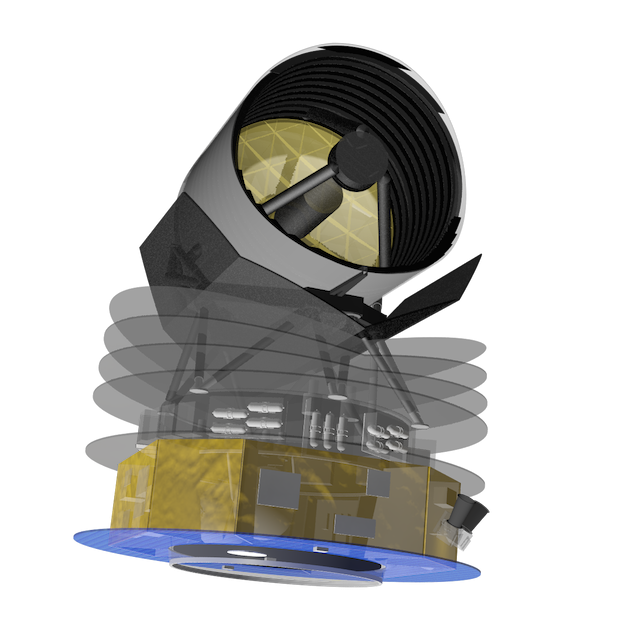
- 08 Jul, 2019
- Software, Support
Project Description
SPICA is a far-infrared astronomy joint European-Japanese project. A proposal was submitted in late 2016 to the ESA Cosmic Vision call for an M-type mission. SPICA was selected on May 7, 2018 as one of the three projects to be studied further. The downselection should take place in late 2021, with a launch foreseen in 2032. With a 2.5-meter diameter, its large mirror will be actively cooled down to less than 8K. SPICA will achieve high sensitivity and spatial resolution. At least three instruments are currently planned in the payload: i) the European SAFARI (SpicA FAR-infrared Instrument) will operate from 34 to 230 microns with a spectral resolution from 300 to 11,000, ii) the European BiBoP, a far-infrared imaging polarimeter; and iii) the mid-infrared camera and spectrometer (12-36 microns with various spectral resolutions).
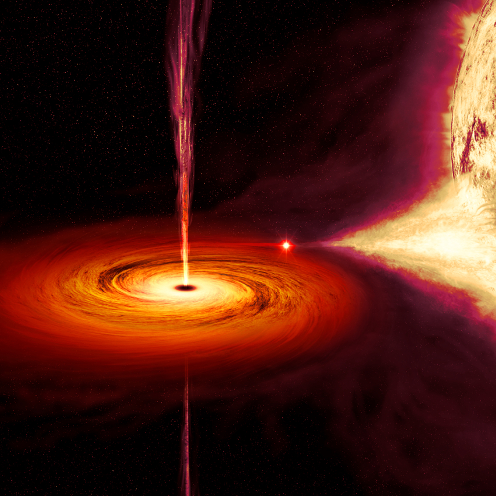
- 08 Jul, 2019
- Software, Support
Project Description
SMARTNet was born during a dedicated meeting in Leiden in 2015, were a number of invited colleagues discussed how to ease and improve the many multi-wavelength campaigns. The outcomes of the discussions that took place at the meeting have been summarized and formalized in the publication of a White Paper. The paper describes also the current challenges in the effort to organize prompt and efficent multi-wavelength campaings in the current and near-future scenario. SMARTNet is not (yet) the ultimate solution to face all these challenges, but it’s a good a starting point. It is simply a networking tool for Astronomers. It is intended to be community driven, with no leadership nor formal rules. It’s also very easy to join: when signing in, you should fill in a few details about your own expertise and interests, a few-minutes job.

- 08 Jul, 2019
- Software, Support
Project Description
On 20 June 2017 ESA selected LISA - Laser Interferometer Space Antenna - as the candidate for the Large-class mission L3. LISA is expected to fly in 2032-2034, and after an intense phase of planning and preparation, the mission shall initiate the Phase A development in April 2018. LISA will open a new window in the exploration of the Universe as well as for testing general relativity and for studying many aspects of fundamental physics.
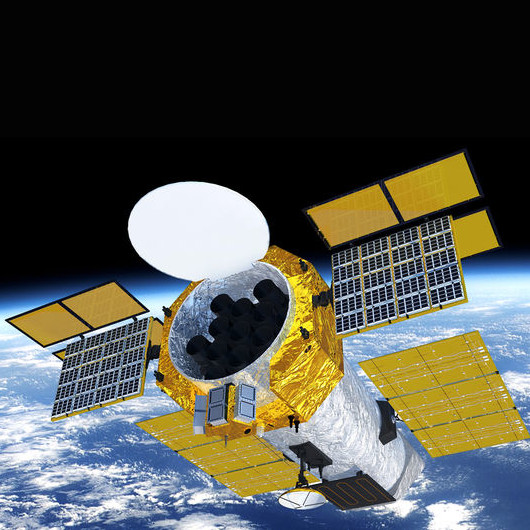
- 08 Jul, 2019
- Software, Support
Project Description
The enhanced X-ray Timing and Polarimetry mission (eXTP) is a science mission designed to study the state of matter under extreme conditions of density, gravity and magnetism. Primary goals are the determination of the equation of state of matter at supra-nuclear density, the measurement of QED effects in highly magnetized star, and the study of accretion in the strong-field regime of gravity. Primary targets include isolated and binary neutron stars, strong magnetic field systems like magnetars, and stellar-mass and supermassive black holes. The mission carries a unique and unprecedented suite of state-of-the-art scientific instruments enabling for the first time ever the simultaneous spectral-timing-polarimetry studies of cosmic sources in the energy range from 0.5-30 keV (and beyond).
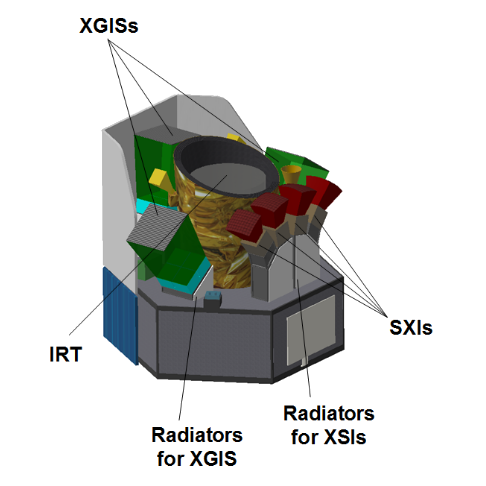
- 08 Jul, 2019
- Software, Support
Project Description
THESEUS is a mission concept proposed in response to the ESA call for medium-size mission (M5) within the Cosmic Vision Programme and selected by ESA on 2018 May 7 to enter an assessment phase study. The mission is designed to vastly increase the discovery space of the high energy transient phenomena over the entirety of cosmic history. Its primary scientific goals will address the Early Universe ESA Cosmic Vision themes “How did the Universe originate and what is made of?” (4.1, 4.2 and 4.3) and will also impact on “The gravitational wave Universe” (3.2) and “The hot and energetic Universe” themes. This is achieved via a unique payload providing an unprecedented combination of: 1) wide and deep sky monitoring in a broad energy band (0.3keV - 20 MeV); 2) focusing capabilities in the soft X-ray band providing large grasp and high angular resolution; and 3) on board near-IR capabilities for immediate transient identification and redshift determination.
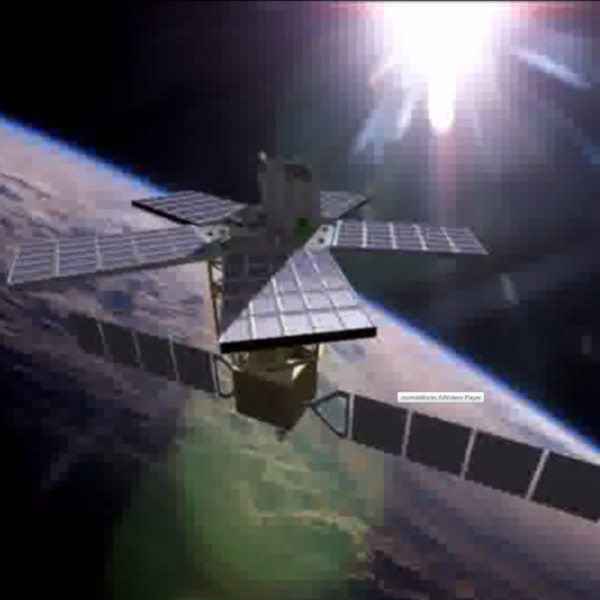
- 08 Jul, 2019
- Software, Support
Project Description
LOFT, the Large Observatory For X-ray Timing, is a newly proposed space mission intended to answer fundamental questions about the motion of matter orbiting close to the event horizon of a black hole, and the state of matter in neutron stars. LOFT was selected by ESA as one of the four M3 space missions concepts of the Cosmic Vision programme. LOFT was not selected as the final M3 or M4 mission to be lauched on the 2020s but has been evolved as a concept mission into the eXTP project.
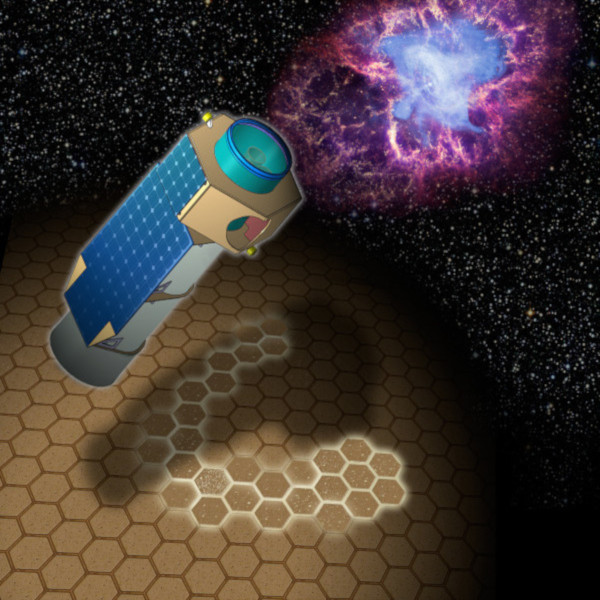
- 08 Jul, 2019
- Software, Support
Project Description
XIPE is a new mission concept selected by ESA in June 2015 to undergo a 2 years-long assessment phase in the context of the Cosmic Vision M4 competition. The mission is devoted to the observation of celestial sources in X-rays:
X-ray polarimetry is photon hungry, but scientifically needed
A dedicated mission is required
XIPE has not been selected as the ESA M4 mission candidate to be implemented, but a similar mission is being developed by NASA and it is named IXPE.
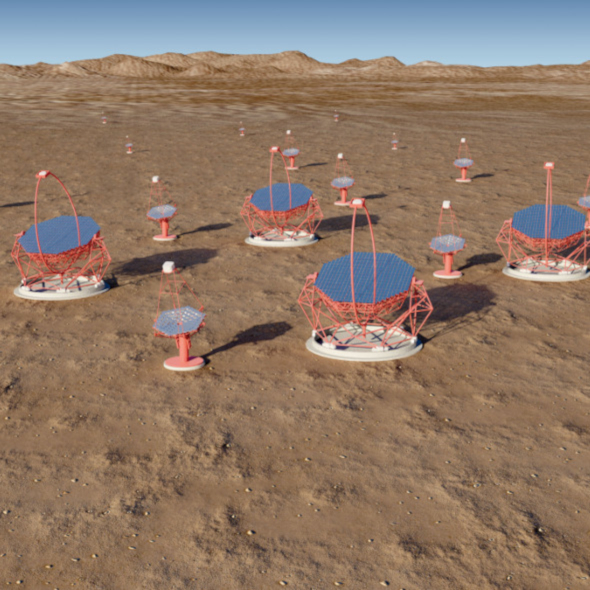
- 22 Oct, 2018
- Archives, Software, Support
Project Description
The Cherenkov Telescope Array (CTA) is an initiative conducted by many countries worldwide to build the next generation ground-based very high energy gamma-ray observatory. With its unprecendented energy coverage and sensitivity, it will uncover the Universe in the most extreme window of the electromagnetic spectrum: the very high energy gamma-rays. Such energetic photons are emitted by the annihilation or desintegration of particles and from the acceleration of electrons, positrons and atomic nuclei in the most extreme sources of the Universe.
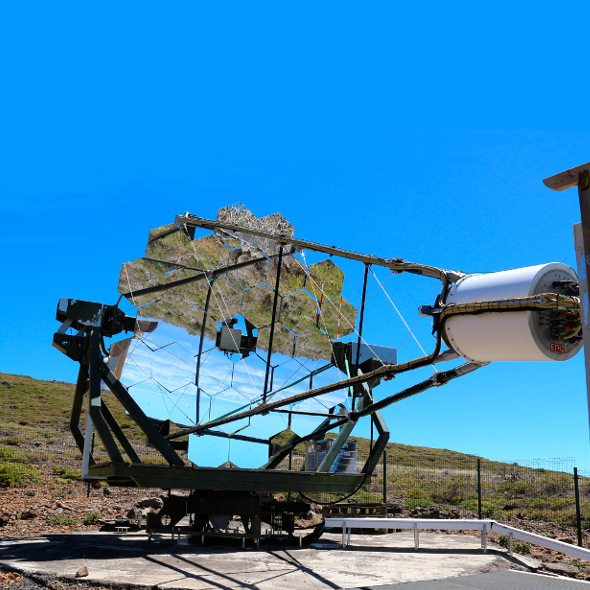
- 22 Oct, 2018
- Archives, Software, Support
Project Description
The First G-APD Cherenkov Telescope (FACT) is the first imaging atmospheric Cherenkov telescope using Geiger-mode avalanche photodiods (G-APDs) as photo sensors. The rather small, low-cost telescope will not only serve as a test bench for this technology in Cherenkov astronomy, but also monitor bright active galactic nuclei (AGN) in the TeV energy range.
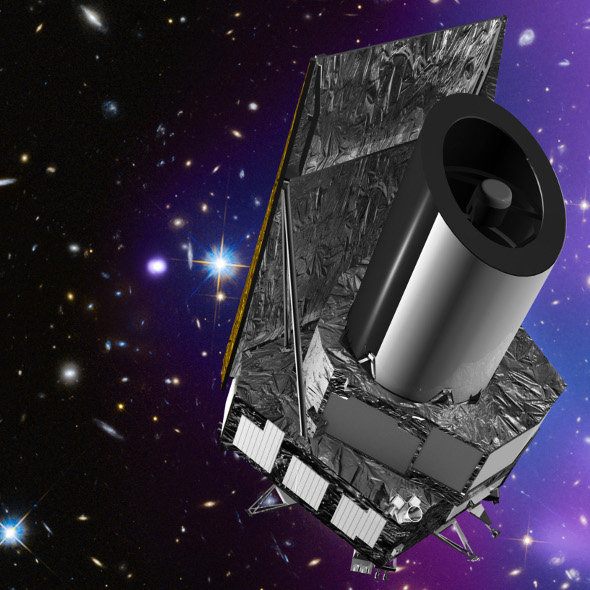
- 22 Oct, 2018
- Software, Support
Project Description
Euclid is an astronomical spacecraft project set up by a European consortium and selected by the European Space Agency (ESA) in 2011 as a medium class mission of the Cosmic Vision 2015-2025 program. Recent astronomical observations indicate that our Universe is dominated by dark matter and energy of a so-far unknown nature. The Euclid plan is to survey almost all of the extragalactic sky, with a mosaic of sharp images and spectra for the relatively bright sources. The main goal is to infer the amount and the distribution of these obscure and mysterious matter / energy from the detailed properties of the distant light-emitting galaxies. This will be a major step forwards for a better understanding of the structure and of the history of our Universe.
